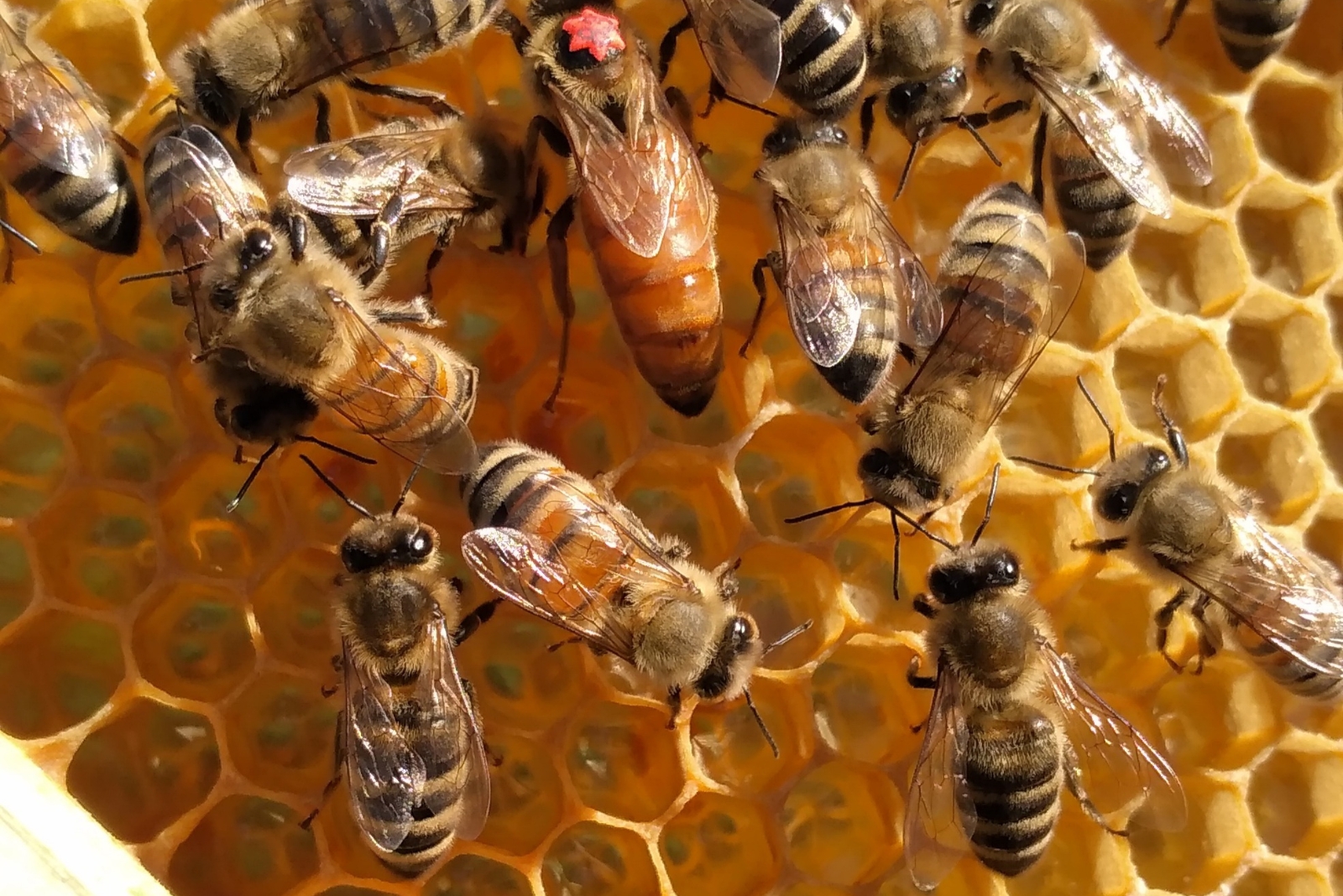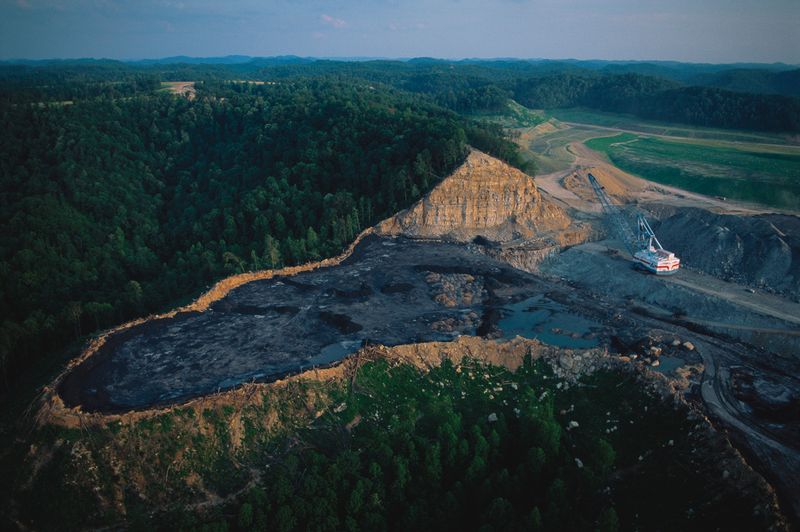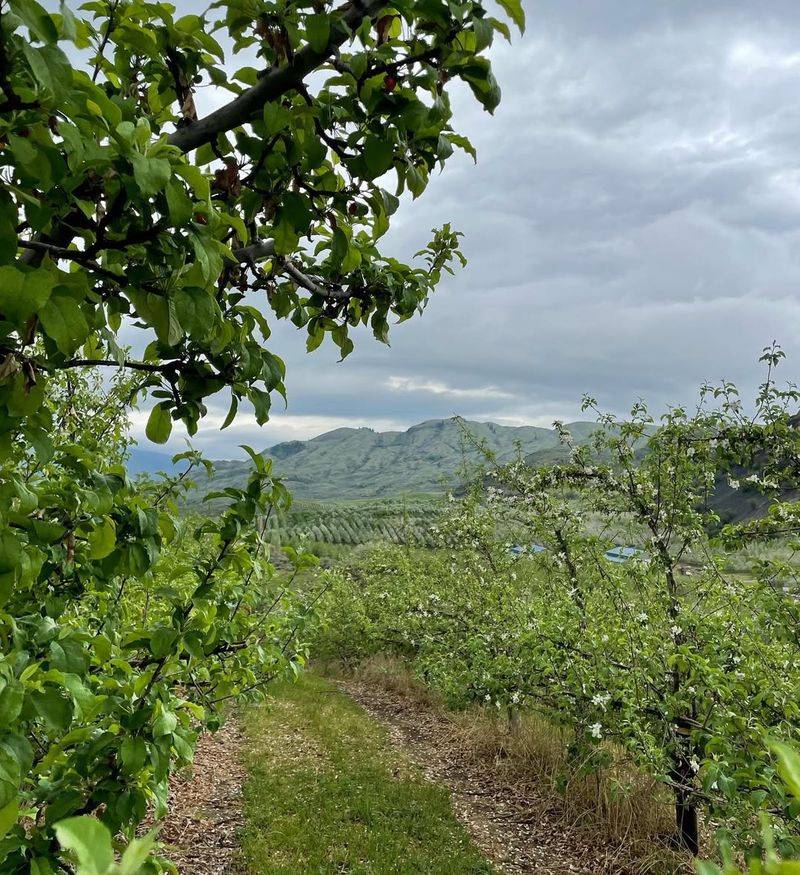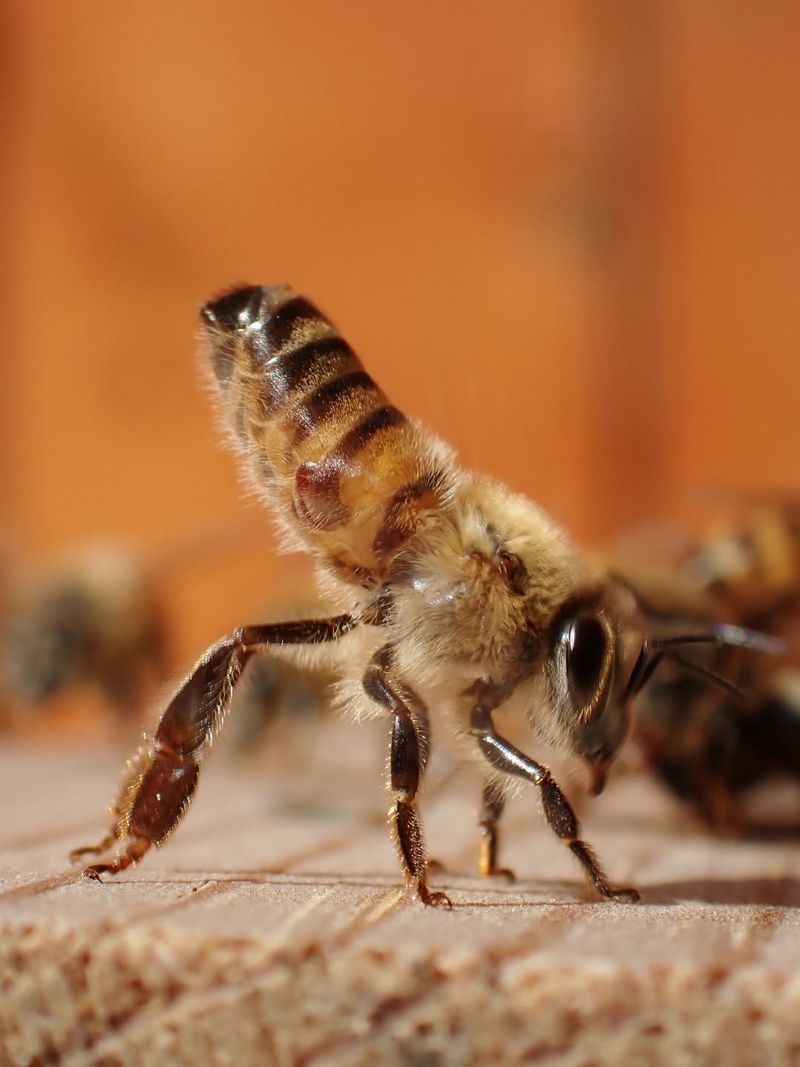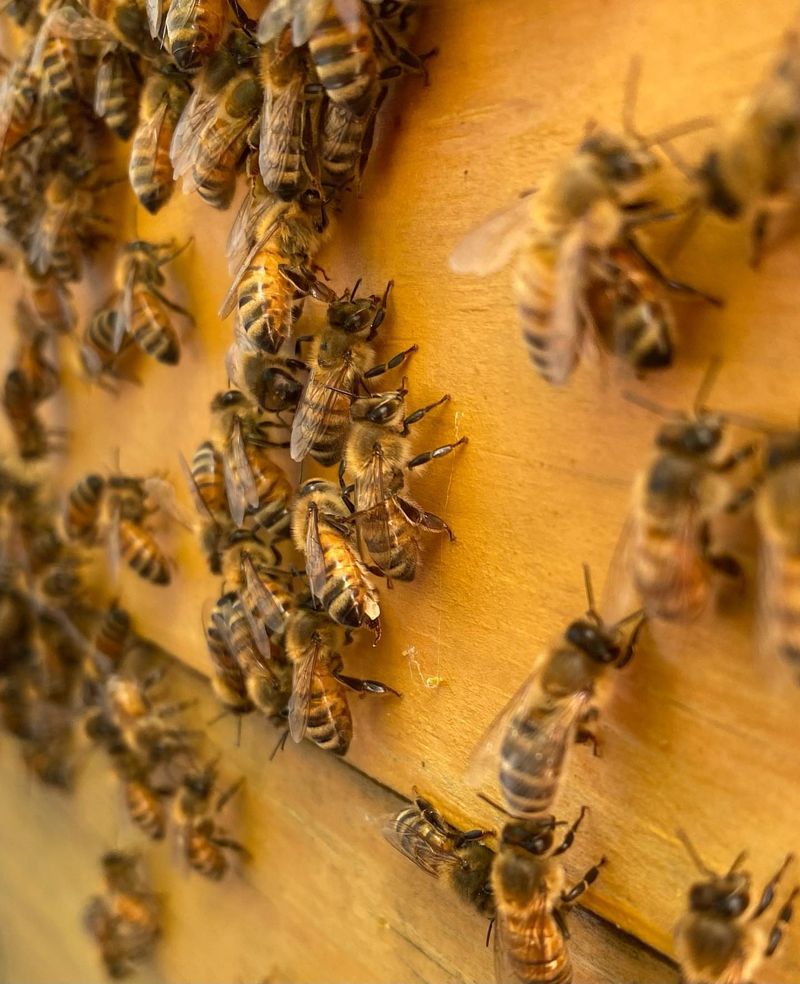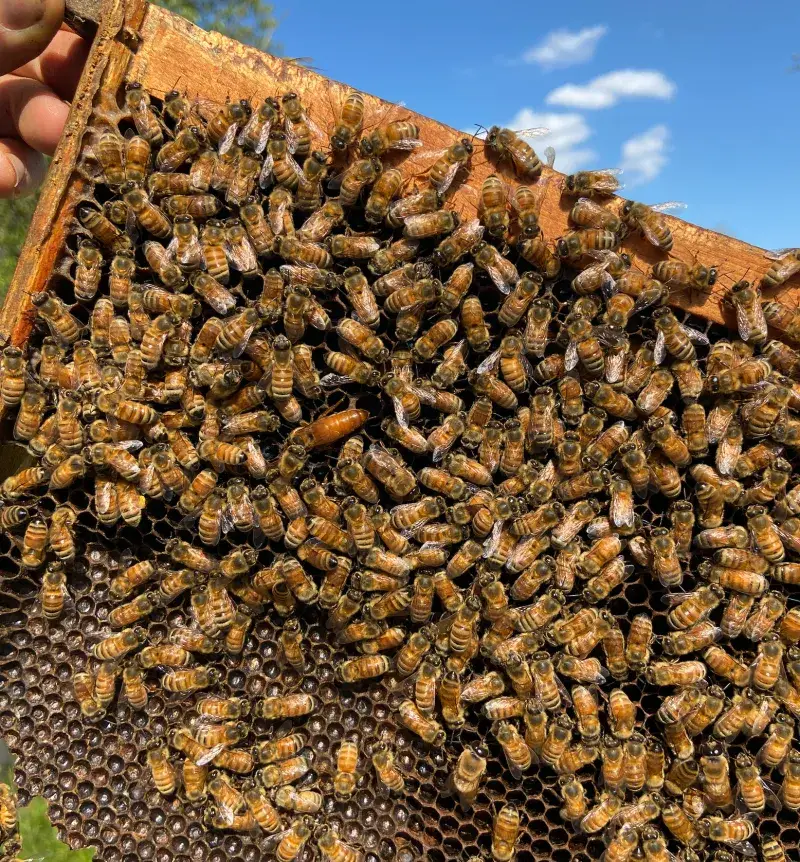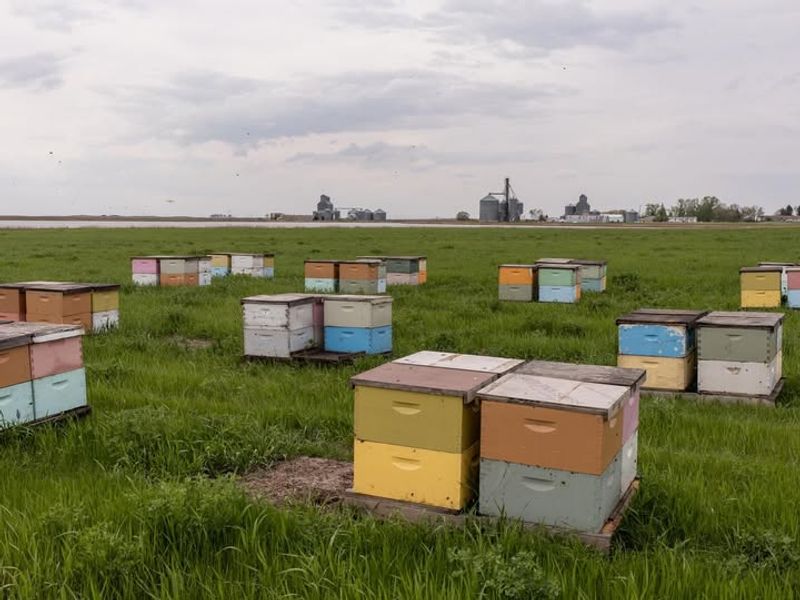Bee populations across West Virginia are dropping faster than many realize, and the causes stretch far beyond pesticides alone. Shifts in weather, habitat loss, and changes in local farming all play a part in the decline.
Each factor chips away at the balance pollinators need to survive. The signs are clear—bees are struggling, and the reasons might surprise you.
1. Coal Mining Destroys Natural Habitats
Mountaintop removal and underground mining operations have wiped out thousands of acres where wild bees once made their homes. When companies blast away mountains and dig deep tunnels, they destroy the wildflowers and nesting spots bees desperately need.
West Virginia’s mining industry has reshaped entire landscapes, leaving behind barren ground where nothing grows. Without flowering plants and safe places to build hives, bee colonies simply can’t survive in these transformed areas, forcing them to relocate or perish.
2. Pesticides From Apple Orchards Spread Poison
Apple farming is big business in West Virginia, but the chemicals sprayed on crops are killing bees by the thousands. Neonicotinoids and other insecticides attack bee nervous systems, causing confusion, paralysis, and death even in tiny amounts.
Farmers often spray during daylight hours when bees are actively collecting pollen and nectar. A single application can contaminate flowers for weeks, turning orchards into toxic zones that look inviting but prove deadly for unsuspecting pollinators searching for food.
3. Invasive Stink Bugs Compete For Food
Brown marmorated stink bugs arrived in West Virginia about two decades ago and have been causing trouble ever since. These shield-shaped invaders swarm fruit trees and vegetable gardens, devouring the same flowers bees depend on for survival.
When stink bugs damage blossoms before they fully open, bees lose valuable food sources during critical seasons. The competition becomes fierce in late summer when both insects need maximum nutrition, leaving native bee populations struggling to find enough nectar and pollen.
4. Varroa Mites Weaken Entire Colonies
Imagine tiny vampires sucking the life out of bees—that’s exactly what varroa mites do. These rust-colored parasites latch onto adult bees and developing larvae, draining their blood-like fluid and spreading deadly viruses throughout the hive.
A single mite can reproduce rapidly inside bee colonies, creating infestations that West Virginia beekeepers struggle to control. Weakened bees become easy targets for diseases, can’t fly properly, and often die before winter arrives, causing entire colonies to collapse.
5. Extreme Weather Patterns Disrupt Cycles
West Virginia’s weather has become increasingly unpredictable, with sudden temperature swings, unexpected frosts, and severe storms hitting at unusual times. Bees rely on consistent seasonal patterns to know when flowers will bloom and when to prepare for winter.
Late spring freezes kill early blossoms just as hungry bees emerge from hibernation. Extended droughts dry up nectar sources, while excessive rainfall washes away pollen and prevents bees from leaving their hives to forage for days at a time.
6. Suburban Sprawl Eliminates Wildflower Meadows
Growing cities and expanding neighborhoods in West Virginia are paving over the wildflower-filled meadows bees call home. Every new shopping center, housing development, and parking lot means less space for the diverse plants that feed different bee species throughout the growing season.
Manicured lawns with single grass species replace colorful fields of clover, goldenrod, and asters. Without access to varied pollen and nectar sources, bee nutrition suffers, making them more vulnerable to diseases and reducing their ability to raise healthy offspring.
7. Cell Tower Radiation Confuses Navigation
Scientists are investigating whether electromagnetic radiation from cell towers and power lines interferes with bees’ natural navigation systems. Bees use Earth’s magnetic field like an internal compass to find their way home after foraging trips miles from the hive.
Research suggests that artificial electromagnetic signals might scramble these navigational abilities, causing bees to get lost and never return to their colonies. While studies continue, West Virginia’s increasing network of communication towers could be contributing to mysterious bee disappearances across the state.
8. Lack Of Genetic Diversity Weakens Immunity
Commercial beekeeping practices have created bee populations with dangerously similar genetics. When beekeepers constantly breed from the same queen bee lines for desirable traits like honey production, they accidentally remove genetic variation that helps colonies resist diseases and adapt to changes.
Wild bee populations naturally maintain diverse genetics through random mating, giving them stronger immune systems and better survival odds. West Virginia’s managed bee colonies lack this protective variety, making them sitting ducks when new parasites, viruses, or environmental stresses appear.

